A microphone preamplifier is a device that amplifies the audio signal output from a microphone. The audio signal from a microphone is weak, so the preamp amplifies the signal to mix it with other sound sources or record it on a recorder. You can directly connect a microphone to a mixer or audio interface because they have built-in mic preamp circuits. In this way, mic preamps are integrated into various audio devices, so everyone uses them without realizing it. However, since a mic preamp is a crucial element that significantly affects the sound of a microphone, it’s common to replace the built-in preamp with a standalone unit to improve sound quality. This time, I’m going to show you how to connect a standalone mic preamps.
Microphone Level and Line Level
Audio signals are categorized by their voltage strength:
- Microphone Level: This is the signal output from a microphone, typically around -60 to -40 dBu.
- Line Level: This is about 1,000 times stronger than a mic level signal, with a standard of +4 dBu.*
*In consumer audio products, such as home audio equipment, -10 dBV is often the standard.
A mic preamp is a device that boosts the weak mic level signal to line level. There is a similar category to mic level called instrument level. Instrument level refers to signals output from devices like electric guitars. Although slightly stronger than mic level, instrument level signals still require a preamplifier to boost them to line level.
Signal Levels of Input and Output Terminals
The input and output terminals of audio equipment are designed to handle specific signal levels. Inputs that handle microphone-level signals are labeled ‘Mic Input’, and outputs are labeled ‘Mic Output’. Similarly, inputs for line-level signals are labeled ‘Line Input’, and outputs are ‘Line Output’. These labels are usually printed on the device for easy identification, but the terminology may vary depending on the manufacturer and model, so it’s important to understand these differences.
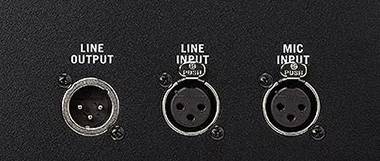
When connecting two or more devices, it is essential to match the signal levels: connect mic outputs to mic inputs and line outputs to line inputs. Connecting mismatched signals, such as a mic output to a line input or a line output to a mic input, can cause the following issues:
Mic Output→Line Input
Line inputs are designed for strong line-level signals. A weak mic-level signal will result in insufficient volume because of inadequate voltage.
Line Output→Mic Input
Mic inputs are designed for weak mic-level signals. Feeding a strong line-level signal into a mic input will require you to lower the output device’s volume to avoid clipping, which negatively impacts the signal-to-noise (S/N) ratio.
Considering that a signal amplified with a mic preamp is line level and an unamplified signal is mic level, it’s easier to think that signal levels that each terminal handles depend on whether signal paths include a mic preamp.
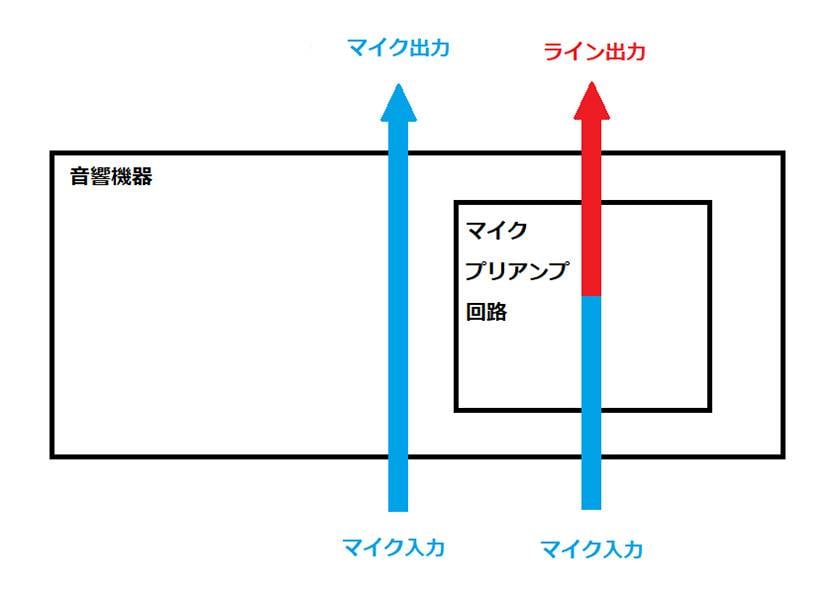
Paths that output mic-level signals without amplification (such as simple mic boosters or splitters that do not perform complex audio processing) are not the focus here. Typically, equipment like mixers, interfaces, and outboard gear that include mic preamps process pre-amplified line-level signals and output them at line level.
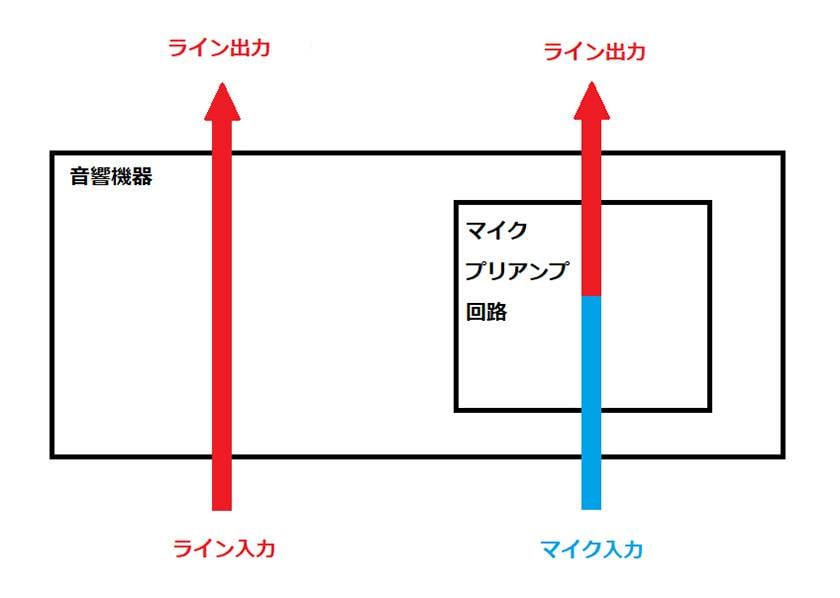
If you connect a mic-level signal to a line input, it will be treated as already amplified, resulting in inadequate volume. Conversely, connecting a line-level signal to a mic input will cause the signal to be excessively amplified, potentially leading to distortion because it amplifies an amplified signal.
While the actual circuit design of the equipment might not always be as illustrated above, this understanding will help you avoid mistakes.
I mentioned that signal levels are usually printed on the equipment, but this is not always the case.
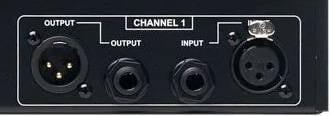
Mic inputs are terminals that pass through built-in mic preamps. Equipment without built-in mic preamps won’t have mic inputs, and the absence of these labels makes this clear. For example, many outboard devices like equalizers, compressors, and noise gates do not have mic preamps and only handle line-level signals. Consequently, all their terminals will be labeled as line inputs or outputs. Occasionally, we receive inquiries that users mistakenly connect mics or instruments directly to equalizers or compressors without built-in mic preamps and report issues with the sound. A good rule of thumb is that ‘MIC’ labels on mic inputs are rarely omitted. If the label is missing, it’s likely a line input. Always connect mics to terminals labeled ‘MIC’ to ensure proper function.
Balanced and Unbalanced Transmission
Audio signal transmission between devices can be either balanced or unbalanced. To summarize the technical details succinctly:
- Unbalanced Transmission: A basic transmission method using two wires for the signal.
- Balanced Transmission: A transmission method using three wires, providing better noise resistance.
To transmit a single signal (1ch, mono), unbalanced transmission requires two wires, while balanced transmission requires three. Hence, unbalanced transmission uses a cable with two copper wires and a two-conductor connector, whereas balanced transmission uses three.
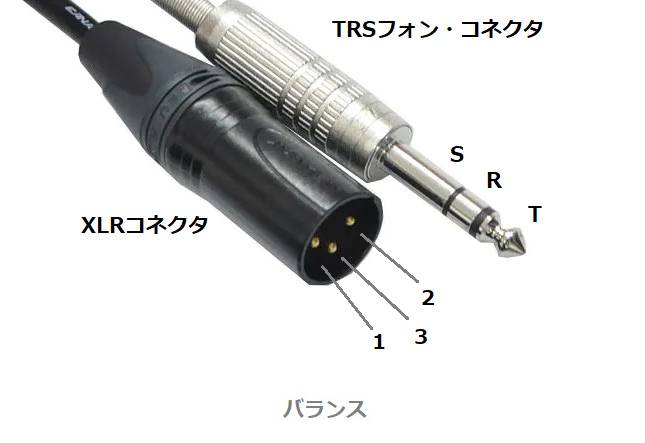
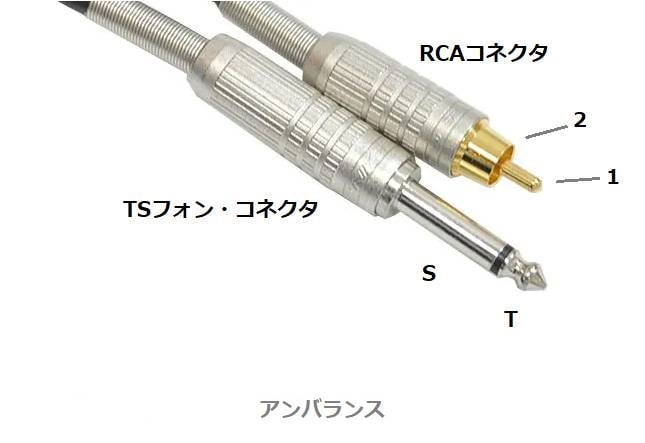
Since TRS phone connectors are commonly used in headphones, TRS connectors are often perceived as stereo signal connectors. However, in recording equipment, they are also frequently used for mono balanced signals.
XLR connectors are rarely used for unbalanced or stereo signals, so XLR connectors in PA and recording equipment are almost always for balanced signals. Conversely, analog RCA connectors are exclusively used for unbalanced signals.
The distinction between TS (Tip-Sleeve) phone and TRS (Tip-Ring-Sleeve) phone connectors is not visually apparent from the jack (female side). If the equipment doesn’t have clear labeling, you’ll need to check the specifications. ‘BALANCE’ label indicates TRS phone, while ‘UNBALANCE’ indicates TS phone connectors. Some products support both, labeled as ‘BALANCE/UNBALANCE’, meaning either connector type can be used interchangeably. Due to this ambiguity, TS and TRS phone connectors are sometimes collectively referred to simply as ‘phone connectors’.
Ideally, connect balanced outputs to balanced inputs and unbalanced outputs to unbalanced inputs. However, if this is not feasible, you can convert between balanced and unbalanced connections. Balanced transmission requires both ends to have balanced connectors; if one end is unbalanced, the transmission will be unbalanced. Here is a conversion cable for connecting different types of connectors.
This cable can convert an XLR male (balanced) connector to a TS phone (unbalanced) connector. However, commercial conversion cables don’t always work perfectly in every case. The topic of converting between balanced and unbalanced connections is somewhat complex. If you’re interested, please read the following article:
Connecting Balanced to Unbalanced Cables (in Japanese only)
Let’s Connect a Microphone Preamp
This time, I’m going to focus on the highly popular mic preamp, the Warm Audio WA73-EQ. Let’s also connect a compressor for good measure, choosing the Warm Audio WA-2A.
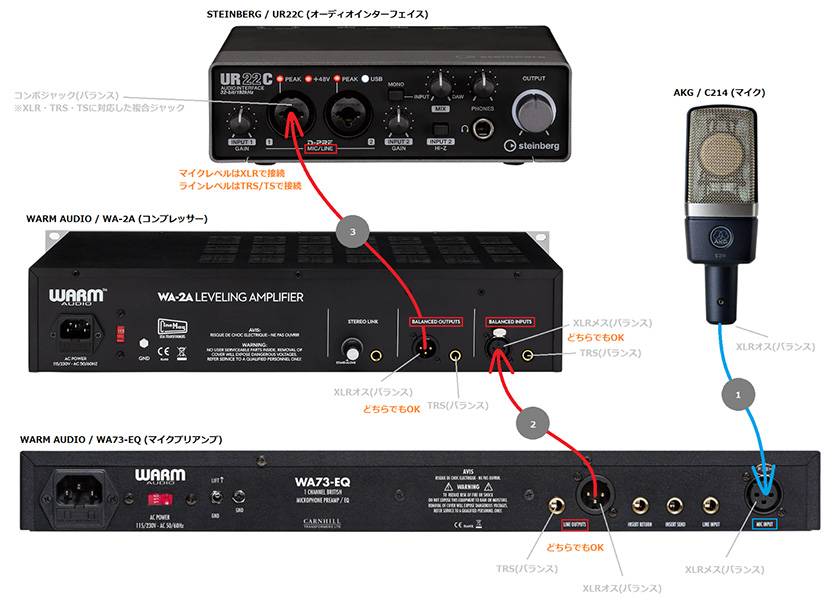
I’ll use three cables for this setup, numbered with gray circles.
①
- XLR Female→XLR Male
Most microphones have a balanced XLR male output, and most mic preamps have a balanced XLR female input. Therefore, you’ll almost always need an XLR female to XLR male cable between the microphone and the mic preamp. Note that this connection carries a mic-level signal before passing through the mic preamp.
②
- XLR Female→XLR Male
- XLR Female→TRS
- TRS→XLR Male
- TRS→TRS-
Both the output of the WA73-EQ and the input of the WA-2A support XLR and TRS connections and are balanced. Therefore, any of the four types of cables listed above can be used for this connection. This part carries a line-level signal after passing through the mic preamp. The WA-2A does not have a built-in mic preamp and only has line-level inputs and outputs, so signal level is not an issue here.
③
- XLR Female→TRS
- TRS→TRS
This part requires some attention. The input of the UR22C is a combo jack that supports XLR, TRS phone, and TS phone connections, labeled ‘MIC/LINE’. This indicates that the jack can handle both mic-level and line-level signals, but the behavior differs depending on whether you connect via XLR or phone plug. Many mixers and interfaces, including the UR22C, have lower gain settings for phone plug connections compared to XLR. Consequently, the maximum input level for phone plug connections is often higher than for XLR connections. Therefore, it’s safer to connect strong line-level signals via TRS rather than XLR. If you use XLR, pay careful attention to the gain setting, usually setting it to zero. In this example, since a line-level signal after the mic preamp is connected, I’m using TRS. In this case, it’s connected to a combo jack, but the same principle generally applies in devices where mic and line inputs are separate. XLR inputs are typically for mic-level signals, while phone inputs are for line-level signals. Keep this in mind for future setups.
Examples of Cables
CLASSIC PRO offers a wide range of cables with clear model numbers, making them a great choice for your first cable. Although there are variations in length and color, I’ll use a 3-meter black cable as an example here.
XLR Female→XLR Male
This cable can be used in both ① and ② cases mentioned above.
XLR Female→TRS
This cable can be used in both ② and ③ cases.
TRS→XLR Male
This cable is only used in case②. It has fewer applications compared to the others.
TRS→TRS
This cable can be used in both ② and ③ cases.
(Note) Unbalanced Cables Can Also Work
Some of the devices mentioned above have TRS jacks, but these jacks are actually unbalanced. Therefore, it’s fine to use TS phone plugs instead of TRS plugs. For XLR balanced outputs, it’s also acceptable to short pins 1 and 3, so using a balanced-to-unbalanced conversion cable like XLR Female to TS is perfectly fine. Additionally, using TS-to-TS instrument cables is possible. However, this may not be universal across all devices, so you should verify that the input and output jacks on your equipment are compatible.
Conclusion
If you want to keep things simple, remember these key points:
- Connect the microphone to the microphone input. Do not connect it to other inputs.
- Do not connect anything other than a microphone to the microphone input.
- Balanced connections are XLR or TRS, and unbalanced connections are TS.
- Always connect balanced to balanced and unbalanced to unbalanced to avoid errors.
- For mixers and interfaces, XLR inputs are typically for microphones, while phone inputs are for line-level signals.
Understanding the content of this article should help you get your connections right!
I hope this helps you enjoy your mic preamp to the fullest!





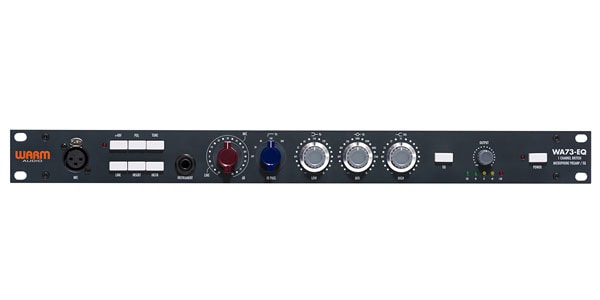
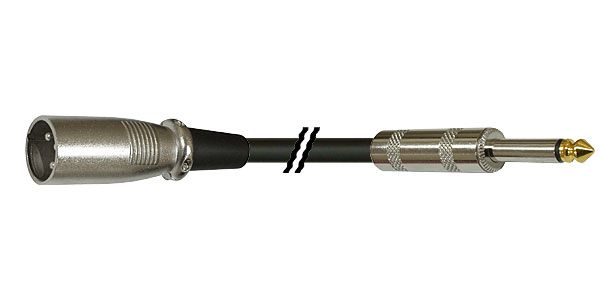
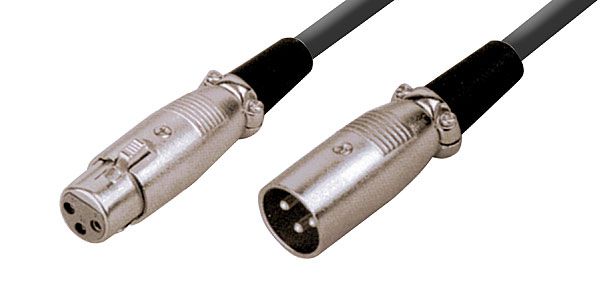
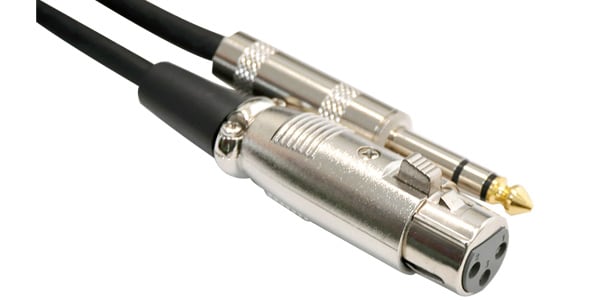
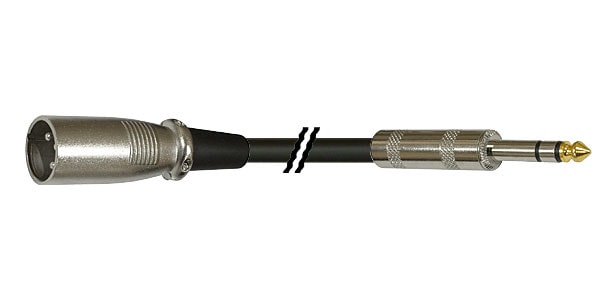
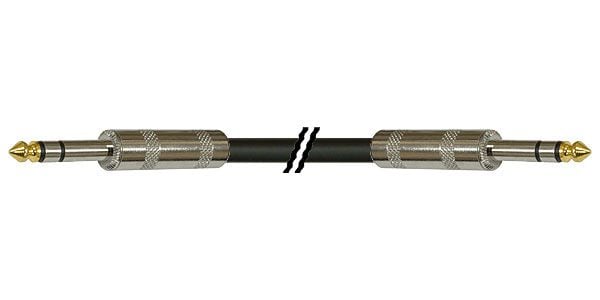

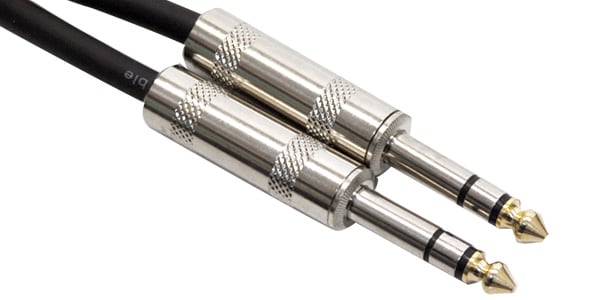
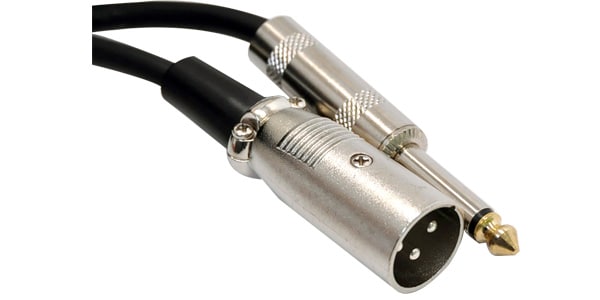
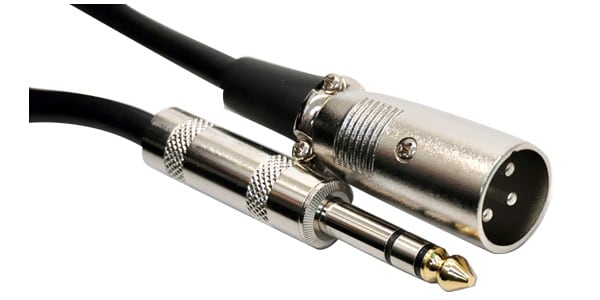

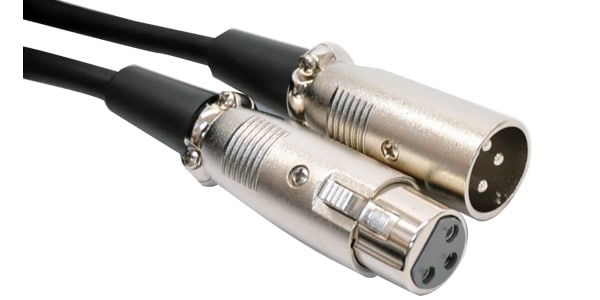

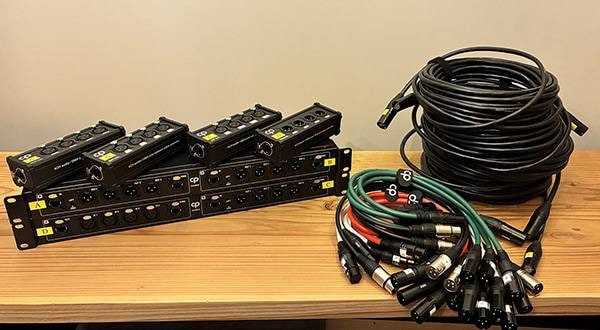
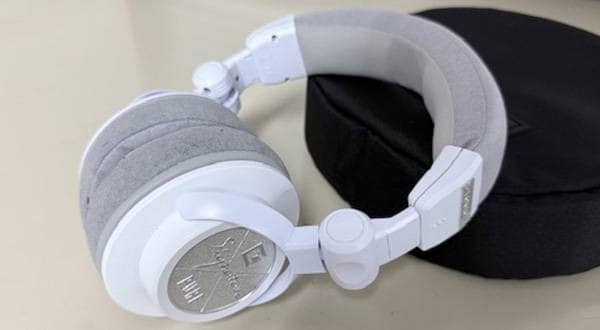
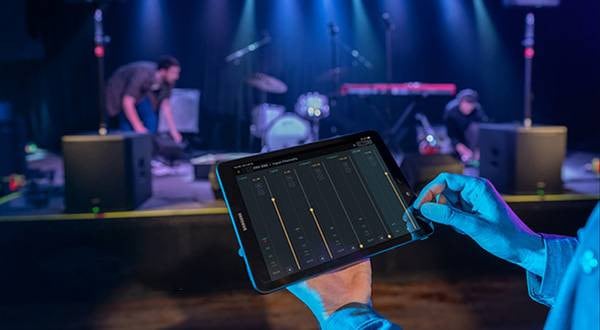
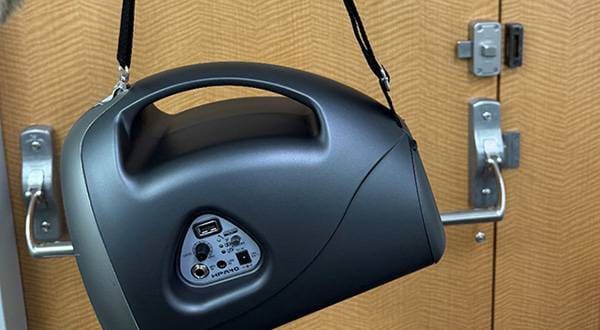
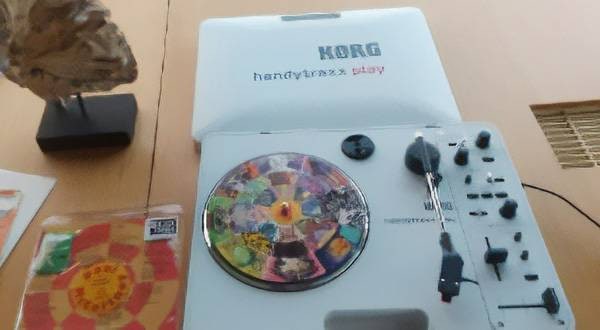
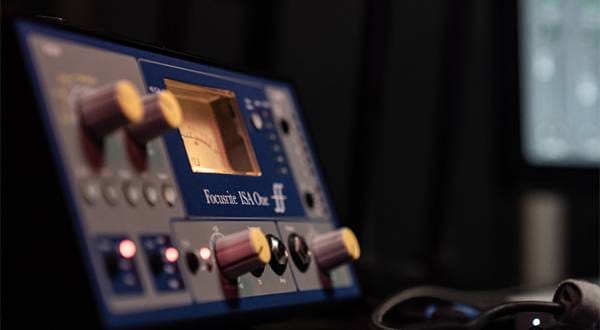
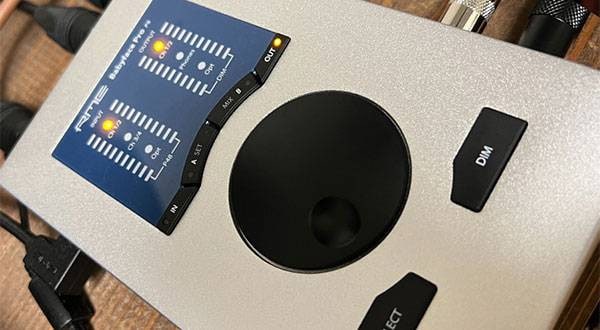
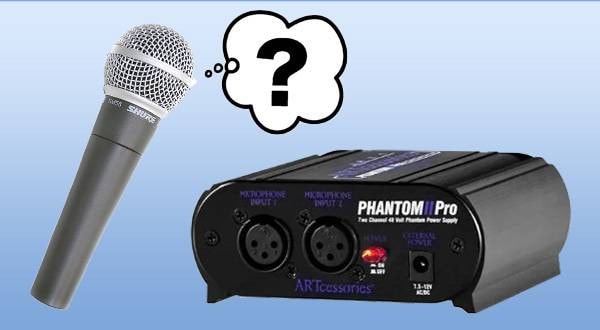
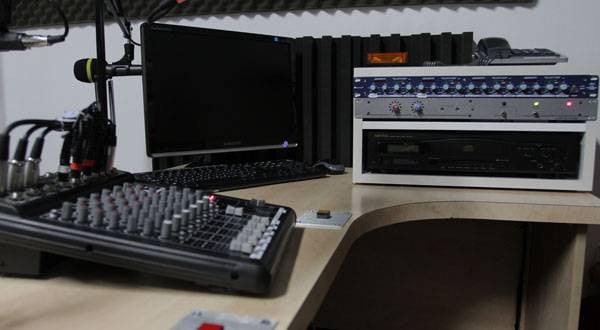

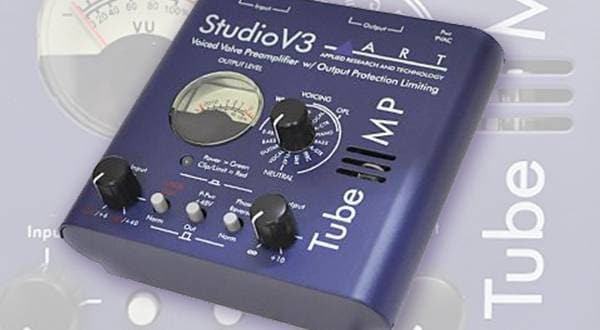
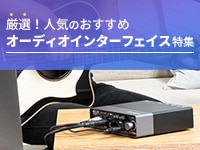 厳選!人気のおすすめオーディオインターフェイス特集
厳選!人気のおすすめオーディオインターフェイス特集
 初心者向けUSBマイクの選び方
初心者向けUSBマイクの選び方
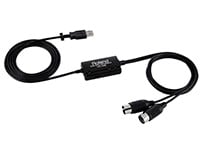 USB接続MIDIインターフェイス
USB接続MIDIインターフェイス
 機能で選ぶ オーディオインターフェイス
機能で選ぶ オーディオインターフェイス
 マイクケーブルの作り方
マイクケーブルの作り方
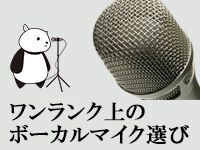 ワンランク上のボーカルマイク選び
ワンランク上のボーカルマイク選び















